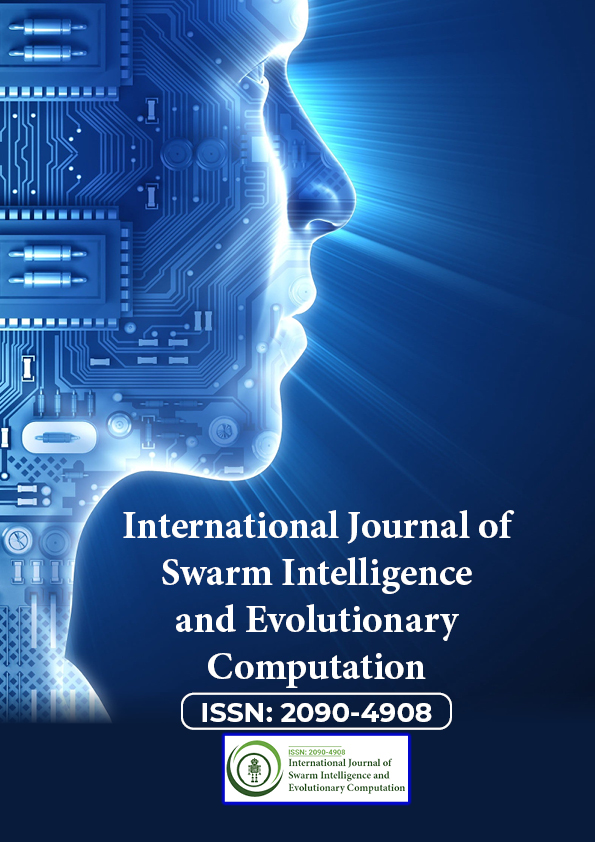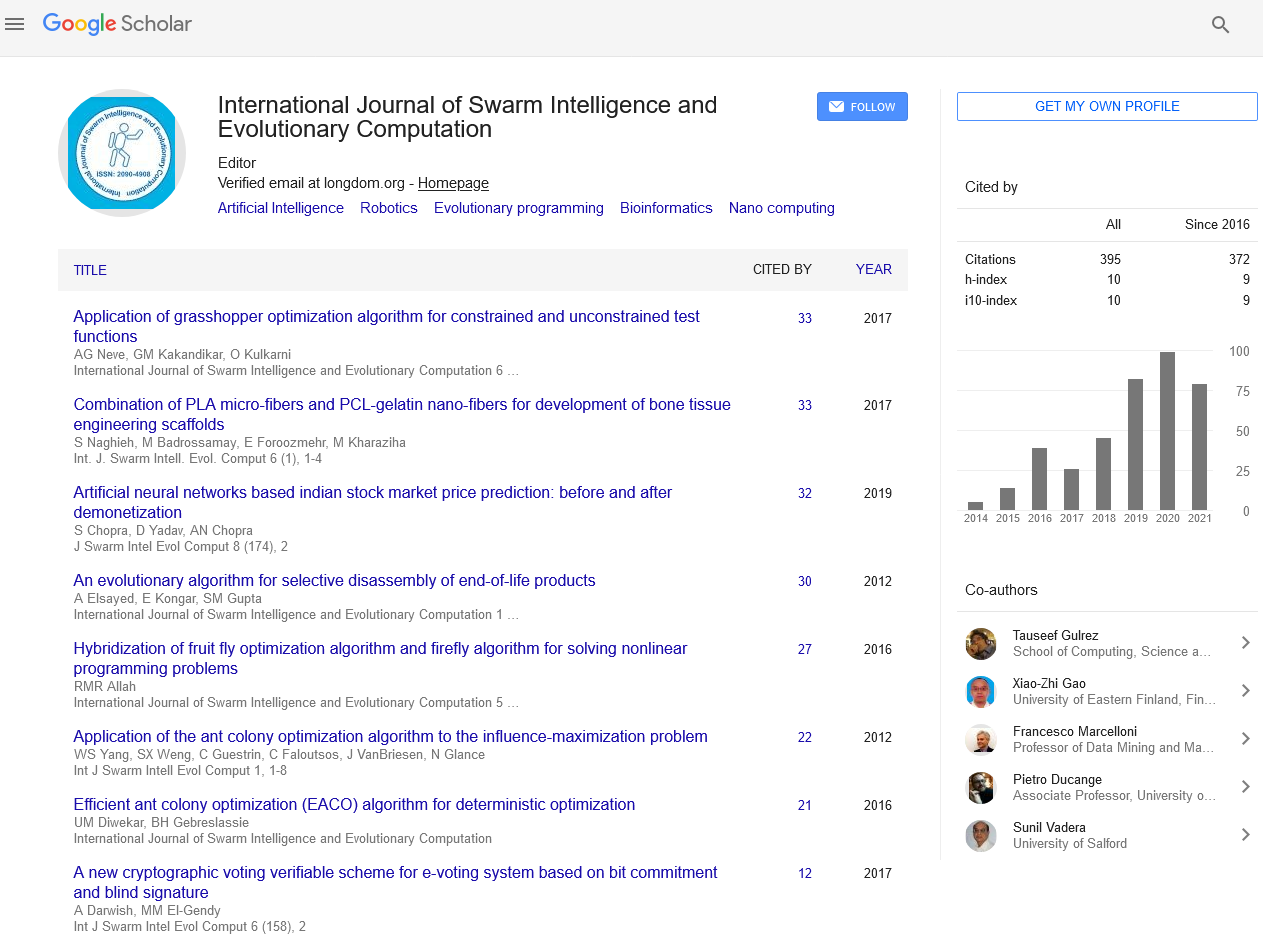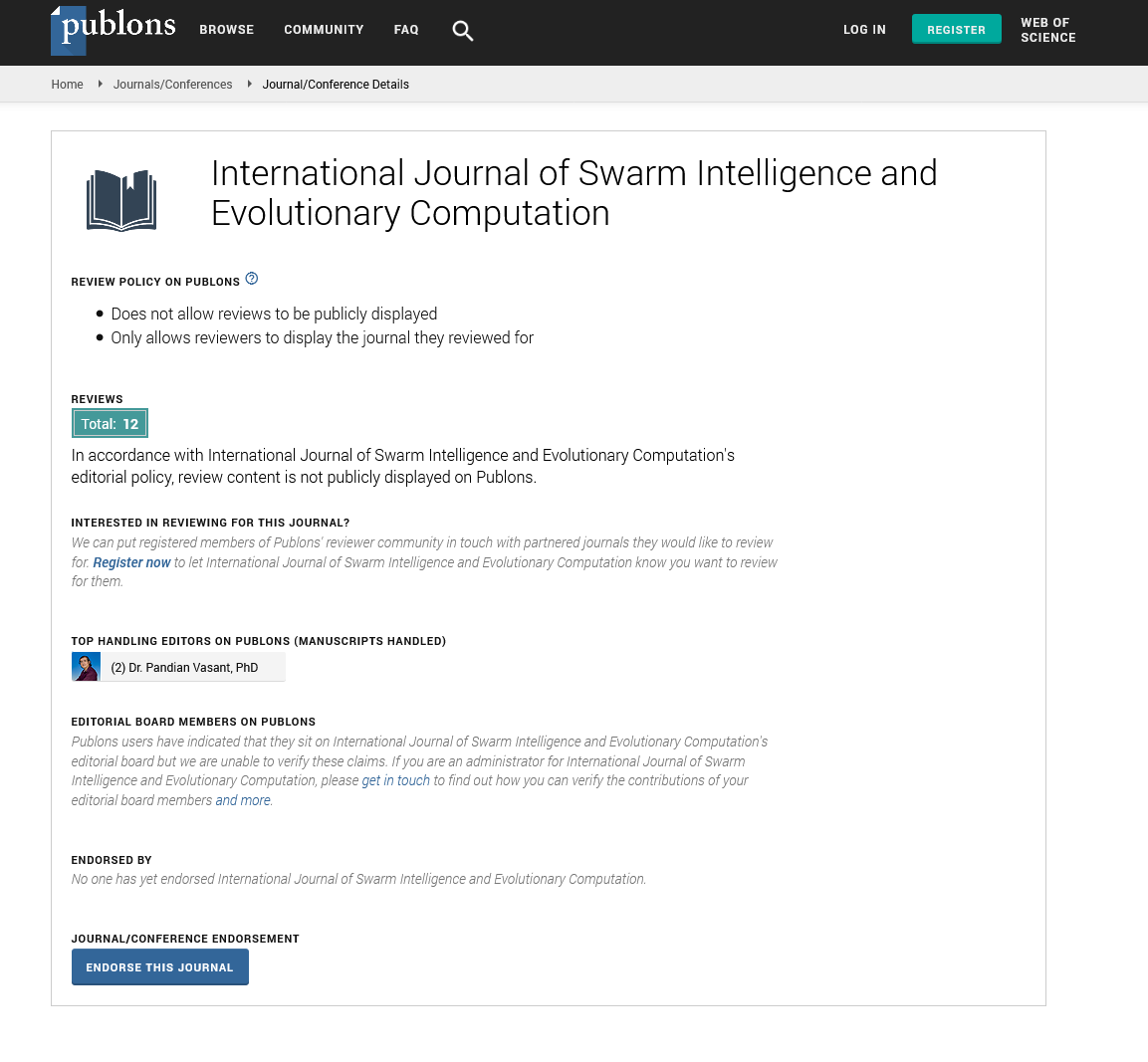Indexed In
- Genamics JournalSeek
- RefSeek
- Hamdard University
- EBSCO A-Z
- OCLC- WorldCat
- Publons
- Euro Pub
- Google Scholar
Useful Links
Share This Page
Journal Flyer

Open Access Journals
- Agri and Aquaculture
- Biochemistry
- Bioinformatics & Systems Biology
- Business & Management
- Chemistry
- Clinical Sciences
- Engineering
- Food & Nutrition
- General Science
- Genetics & Molecular Biology
- Immunology & Microbiology
- Medical Sciences
- Neuroscience & Psychology
- Nursing & Health Care
- Pharmaceutical Sciences
Commentary - (2024) Volume 13, Issue 4
Commentary on Predicting Projectile Residual Velocities Using an Advanced Artificial Neural Network Model
Sanan Husain Khan*Received: 05-Jul-2024, Manuscript No. SIEC-24-26369; Editor assigned: 08-Jul-2024, Pre QC No. SIEC-24-26369 (PQ); Reviewed: 23-Jul-2024, QC No. SIEC-24-26369; Revised: 31-Jul-2024, Manuscript No. SIEC-24-26369 (R); Published: 09-Aug-2024, DOI: 10.35248/2090-4908.24.13.380
Introduction
The paper “Predicting projectile residual velocities using an advanced artificial neural network model” presents an innovative approach to a longstanding challenge in the field of ballistics and material science. The authors have developed an Artificial Neural Network (ANN) model to predict the residual velocity of projectiles after impact, a critical parameter in various applications ranging from civilian protection to military technology. This commentary will discuss the key aspects of the paper, its methodological approach, results, and potential impact on the scientific community.
Significance of the research
The study of projectile impacts and their effects on materials are important for developing effective protective barriers and understanding material behavior under extreme conditions. Residual velocity, the speed at which a projectile continues to move after penetrating a barrier, is a key parameter in this field. Accurate prediction of residual velocity has significant implications for:
• Designing safer infrastructures in urban settings
• Enhancing armor systems in military applications
• Improving safety measures in industrial environments
• Advancing our understanding of material behavior under high-speed impacts
Traditionally, determining residual velocity has relied on resource-intensive and potentially dangerous physical experiments. The authors’ approach of using an ANN model offers a promising alternative that could revolutionize how we approach these predictions.
Methodological approach
The paper’s methodology is robust and well-structured. The authors have utilized data from existing literature, specifically from Gupta et al., which lends credibility to their model’s foundation. The dataset encompasses a wide range of variables including different projectile shapes (blunt, ogive, and hemispherical-nosed), various target thicknesses, and a range of impact velocities [1]. The ANN model development process is thoroughly explained, from data preprocessing to model architecture selection. The authors’ decision to use a threelayered feedforward ANN with one hidden layer is well-justified, based on the universal approximation theorem. The use of the Levenberg-Marquardt algorithm for training demonstrates an understanding of advanced optimization techniques in machine learning [2].
Key findings and results
The paper’s results are impressive and clearly presented. Some notable findings include:
• The ANN model demonstrated superior accuracy compared to the traditional Recht-Ipson model, with significantly lower Mean Absolute Percentage Error (MAPE) and Root Mean Squared Error (RMSE).
• The model showed consistency across training and validation datasets, indicating good generalization capabilities.
• The ANN model’s performance in predicting absorbed energy, in addition to residual velocity, showcases its versatility.
The authors’ thorough comparison with the Recht-Ipson model provides a clear benchmark for evaluating the ANN model’s performance. The visual representations of the results, particularly the plots of predicted vs. observed values, effectively illustrate the model’s accuracy [3].
Implications for the scientific community
This research has several important implications for the scientific community:
Advancement in predictive modeling: The success of the ANN model in predicting residual velocities opens new avenues for applying machine learning techniques to complex physical phenomena. This could inspire similar approaches in other areas of materials science and engineering.
Reduced reliance on physical experiments: The accuracy of the ANN model suggests that it could potentially reduce the need for extensive physical testing, which is often costly, timeconsuming, and potentially hazardous. This could accelerate research and development processes in related fields.
Interdisciplinary applications: The methodology presented in this paper could be adapted to other areas where predicting the outcome of high-energy impacts is crucial, such as spacecraft design for micrometeoroid protection or automotive safety testing.
Enhanced understanding of impact dynamics: By providing a tool that accurately predicts residual velocities across a range of variables, this model could help researchers gain deeper insights into the physics of projectile impacts and material behavior under extreme conditions.
Potential for real-time applications: Given the computational efficiency of trained neural networks, this model could potentially be used in real-time applications, such as active protection systems or dynamic structural health monitoring.
Limitations and future directions
While the paper presents a significant advancement, it’s important to consider some limitations and potential areas for future research:
• The model’s performance on materials and conditions outside the training dataset is not extensively explored. Future work could focus on expanding the model’s applicability to a wider range of materials and impact scenarios.
• The paper doesn’t delve deeply into the physical interpretability of the ANN model. Developing methods to extract physical insights from the trained network could be a valuable direction for future research.
• The potential for incorporating this model into larger simulation frameworks or coupling it with finite element analysis could be explored to create more comprehensive predictive tools.
Conclusion
The paper “Predicting projectile residual velocities using an advanced artificial neural network model” represents a significant contribution to the field of impact dynamics and materials science. By leveraging advanced machine learning techniques, the authors have developed a powerful tool for predicting important parameters in projectile impacts. This work not only advances our ability to design safer and more effective protective systems but also opens up new possibilities for applying AI and machine learning in materials science and engineering.
The methodology and results presented in this paper provide a solid foundation for future research in this area. As the field continues to evolve, integrating such AI-driven models with traditional physical models and experimental techniques could lead to even more powerful predictive capabilities. This research exemplifies how interdisciplinary approaches, combining data science with physical sciences, can drive innovation and solve complex engineering challenges
References
- Gupta NK, Iqbal MA, Sekhon GS. Effect of projectile nose shape, impact velocity and target thickness on deformation behavior of aluminum plates. Int J Solids Struct. 2007;44(10):3411-3439.
- Ayaz M, Chourasiya S, Danish M. Performance analysis of different ANN modelling techniques in discharge prediction of circular side orifice. Model Earth Syst Environ. 2024;10(1):273-83.
- Si P, Liu Y, Yan J, Bai F, Shi Z, Huang F. Effect of polyurea layer on ballistic behavior of ceramic/metal armor. Structures. 2023;48:1856-1867.
Citation: Khan SH (2024) Commentary on Predicting Projectile Residual Velocities Using an Advanced Artificial Neural Network Model. Int J Swarm Evol Comput. 13:380.
Copyright: © 2024 Khan SH. This is an open-access article distributed under the terms of the Creative Commons Attribution License, which permits unrestricted use, distribution, and reproduction in any medium, provided the original author and source are credited.


